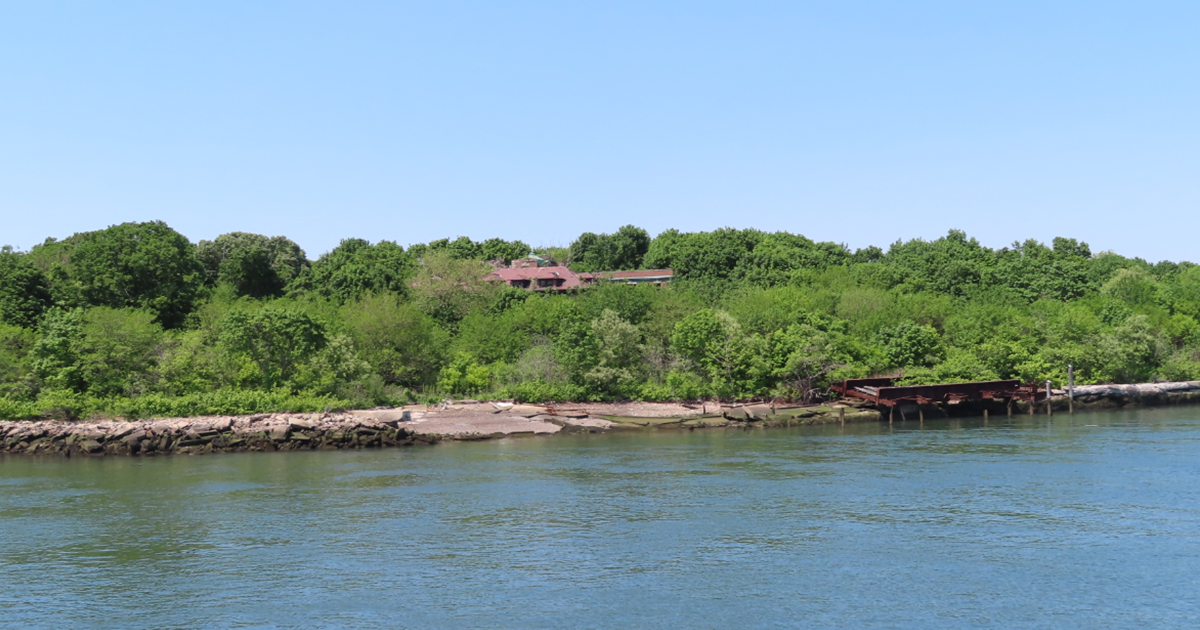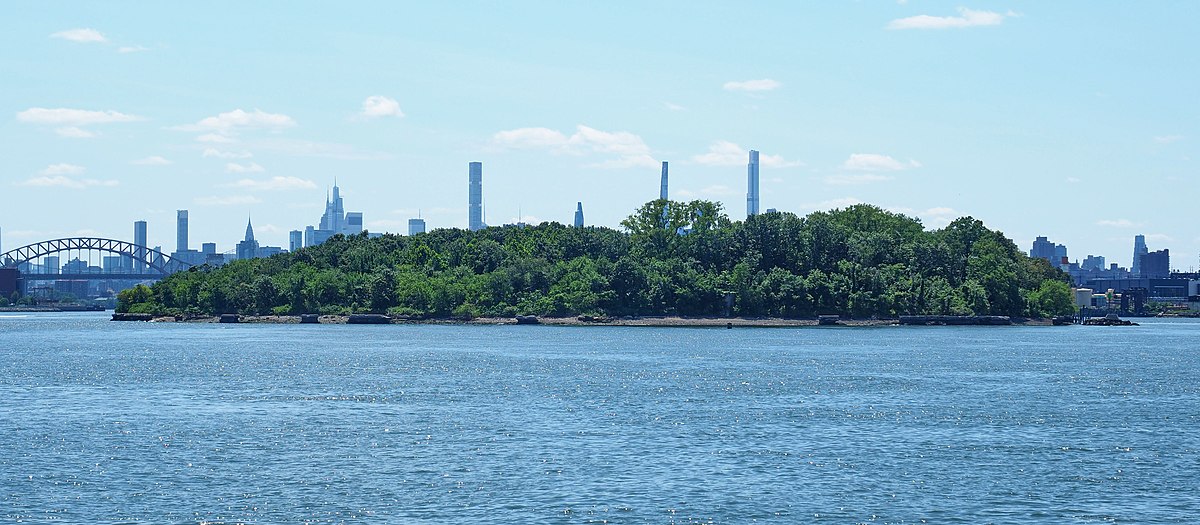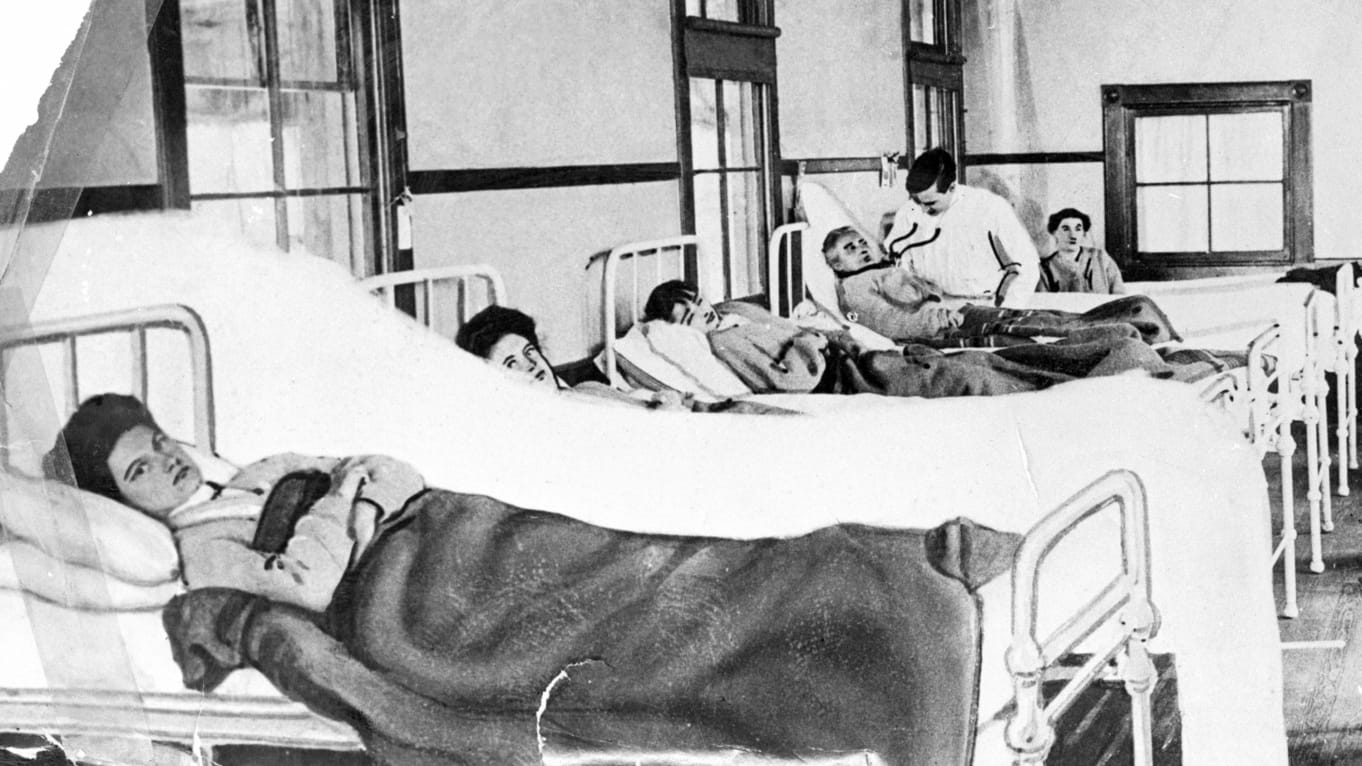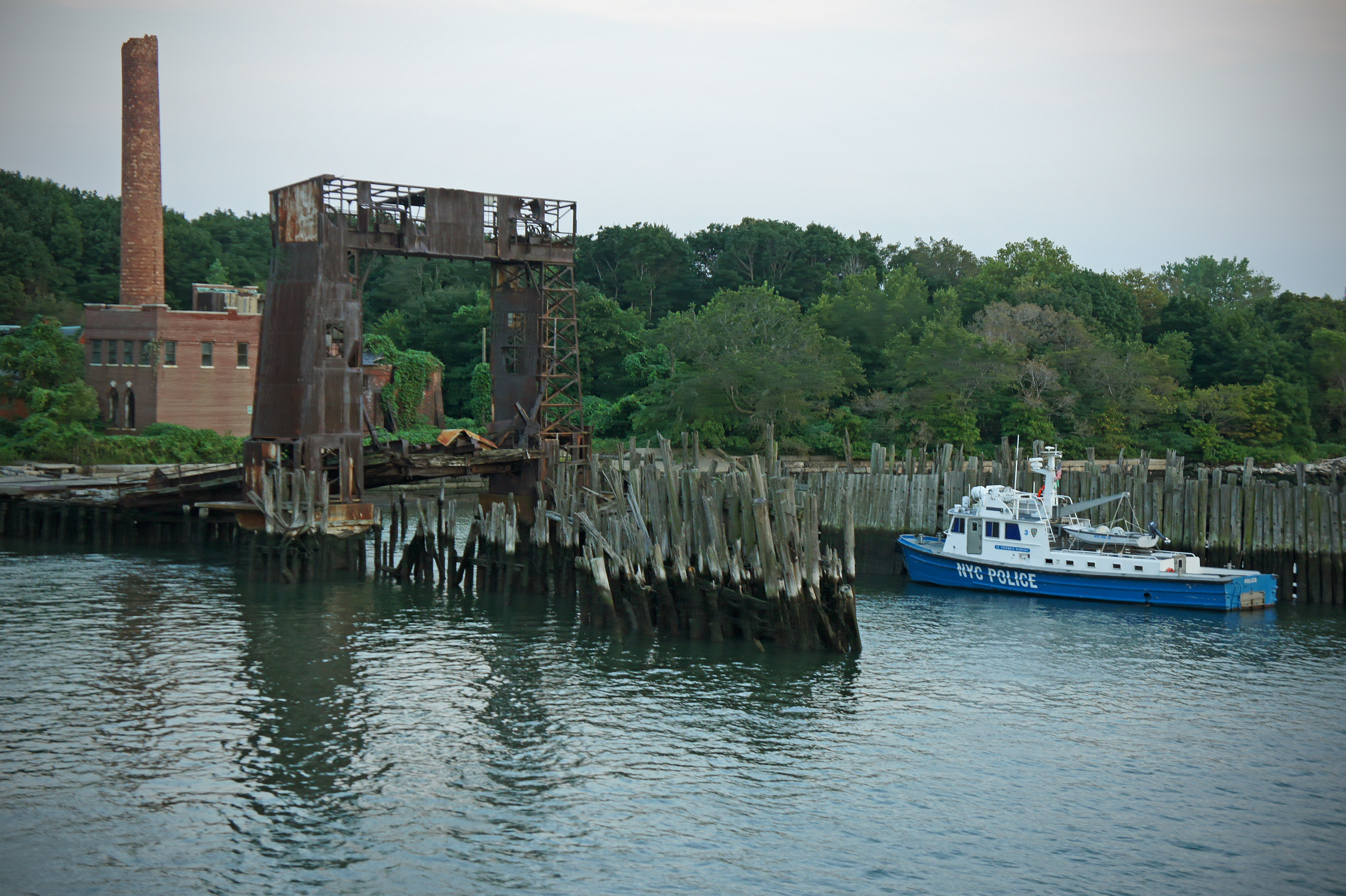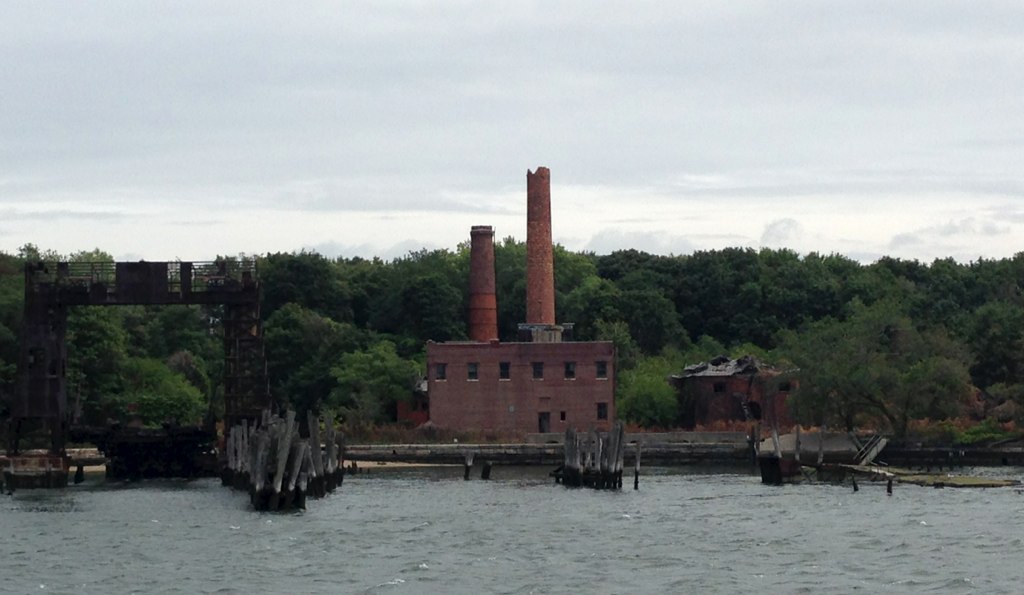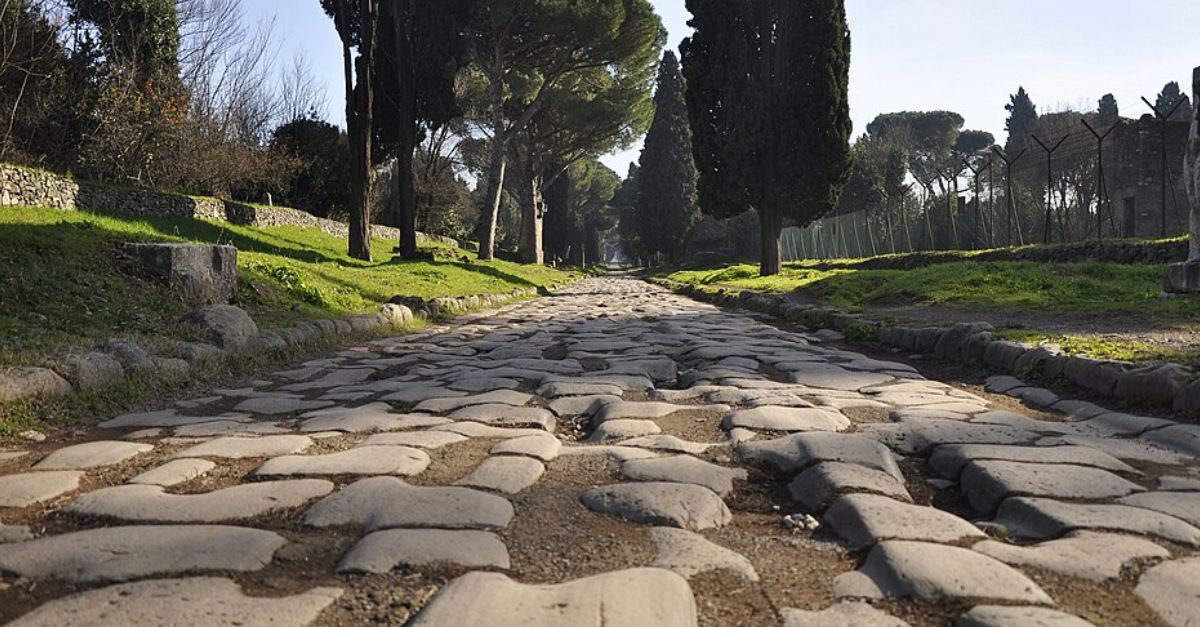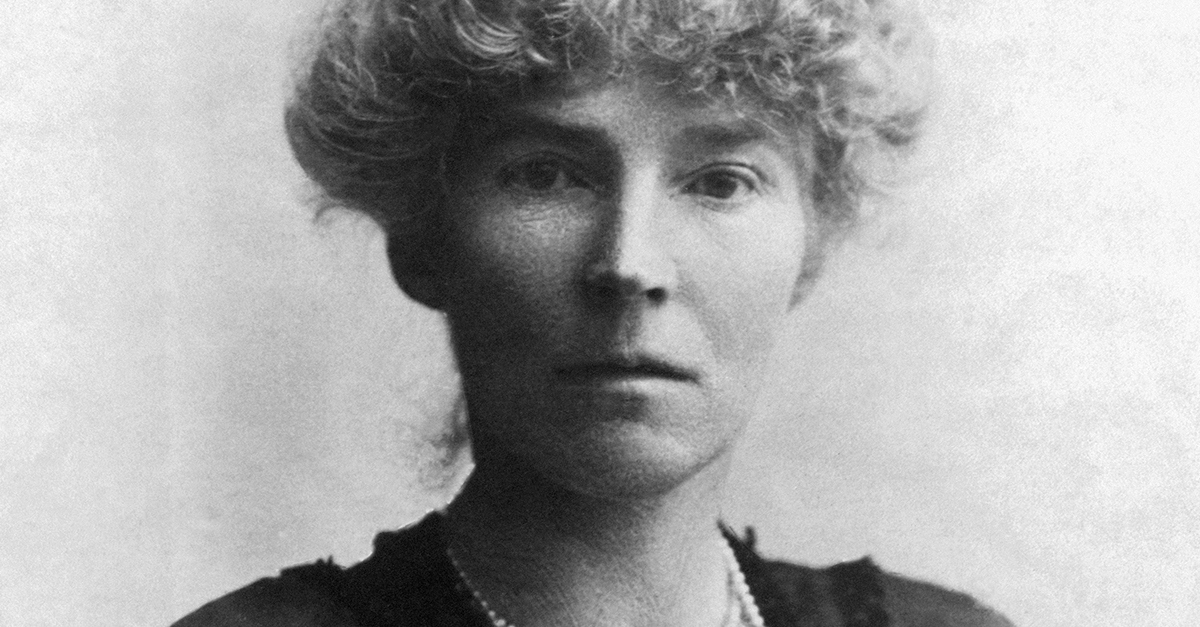North Brother Island: New York's Abandoned Quarantine Site

Perched silently amidst the relentless pace of New York City lies North Brother Island, a sliver of land wrapped in the East River’s currents, yet worlds away from the city’s clamor.
Its shores, once the last refuge for the diseased, the displaced, and the outcast, now cradle a forgotten history that whispers through its abandoned buildings and overgrown pathways.
This article peels back the layers of North Brother Island's past, exploring its transformation from a quarantine zone to a wildlife sanctuary and the haunting tales of those who once called it home.
The Isolation Era
North Brother Island, located in the East River between the Bronx and Rikers Island in New York City, first emerged into the public consciousness when it was developed in the 1880s to house Riverside Hospital, originally purposed for smallpox patients and later expanded to treat a variety of infectious diseases.
As an isolated quarantine zone, the island represented a tragic necessity, a place where those afflicted with contagious illnesses could be separated from the population, often spending their final days in solitude away from loved ones.
The Typhoid Mary Story
One of the most infamous residents of North Brother Island was Mary Mallon, better known as "Typhoid Mary." An asymptomatic carrier of typhoid fever, she was forcibly confined to the island on two separate occasions for a total of 26 years until her demise.
Her case became a landmark in the annals of public health and personal freedom, sparking debates that continue in various forms to this day.
The General Slocum Disaster
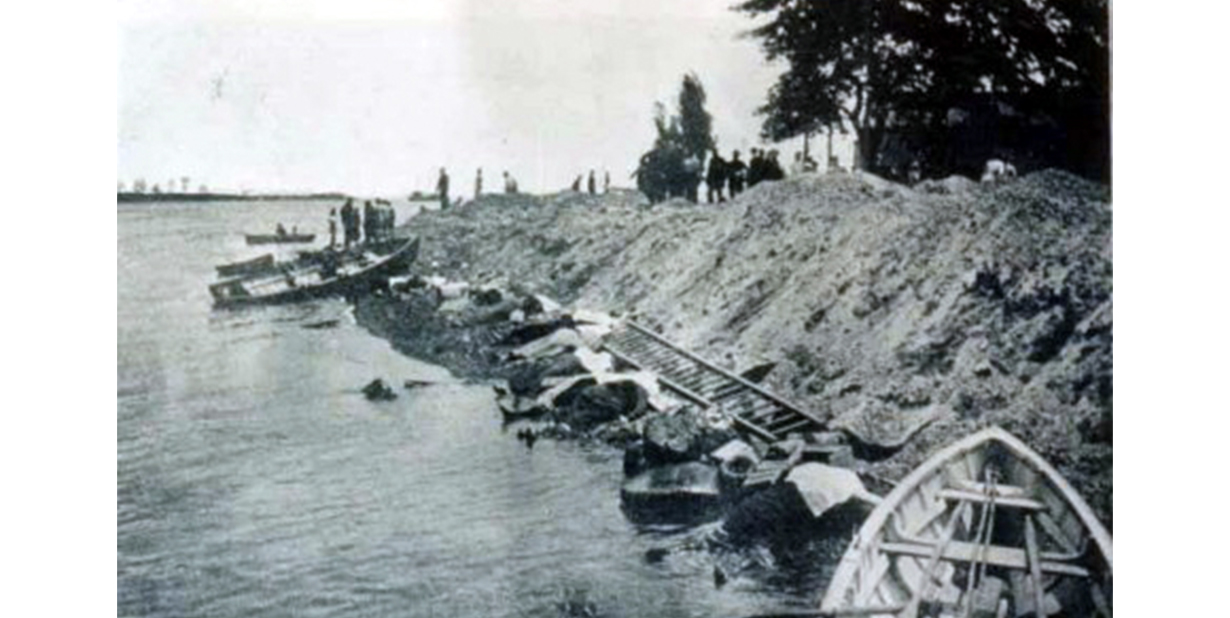 Gustav Scholer, Wikimedia Commons
Gustav Scholer, Wikimedia Commons
In 1904, the island bore silent witness to one of New York City's worst disasters prior to 9/11. The steamship General Slocum caught fire and sank, taking the lives of over 1,000 people.
Many of the bodies washed ashore on North Brother Island, and the survivors were treated at the hospital. This tragedy left an indelible scar on the city’s psyche and solidified the island’s association with loss and disaster.
A World War II Transition
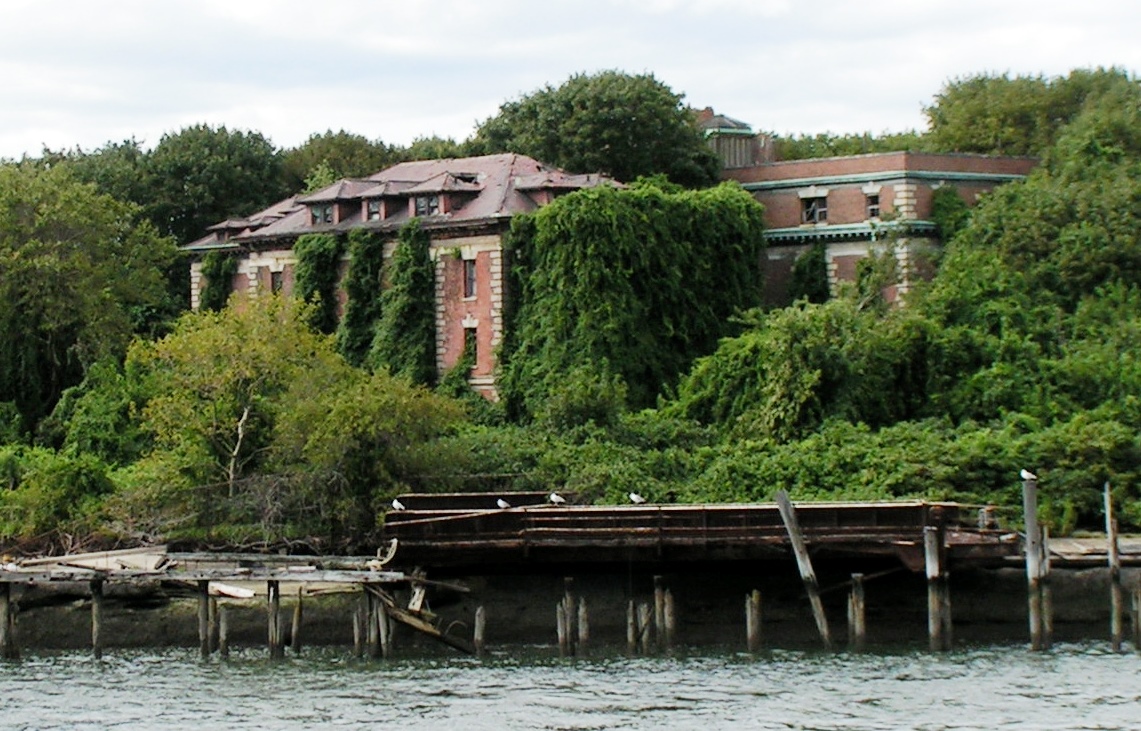 reivax from Washington, Wikimedia Commons
reivax from Washington, Wikimedia Commons
During World War II, the island saw a transitional period as veterans returning from the war used the facilities as housing.
This brief respite from its darker past provided a semblance of normalcy and community, yet the scars of its history as a place of isolation lingered.
The Drug Rehabilitation Era
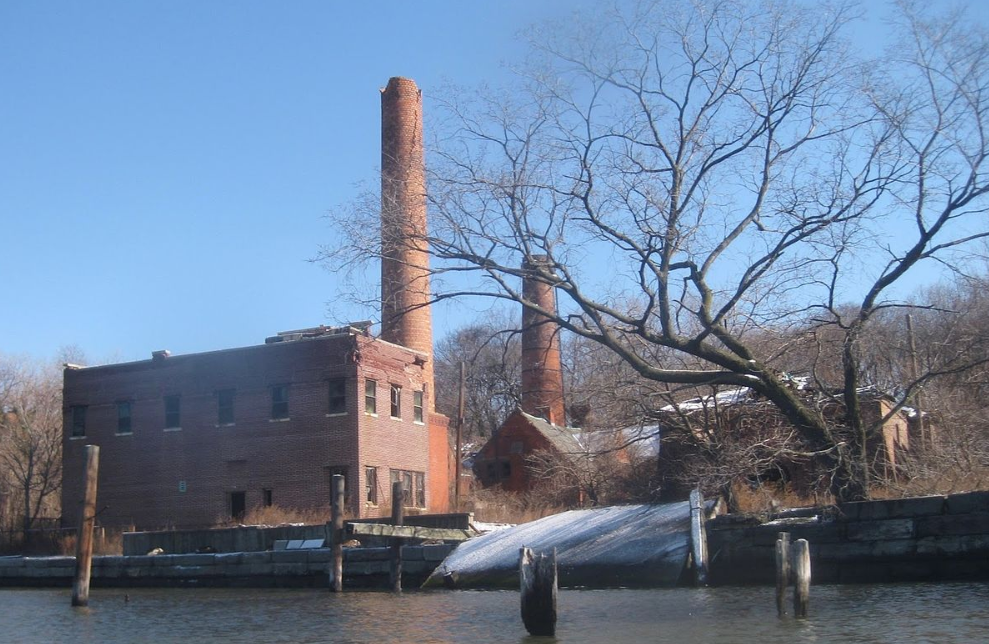 Julie McCoy, Wikimedia Commons
Julie McCoy, Wikimedia Commons
In the 1950s, the island attempted to repurpose its facilities into a rehabilitation center for young substance users, a progressive initiative for its time.
However, reports of harsh conditions and a controversial treatment program called "The Phoenix House" eventually led to its closure.
Abandonment and Reclamation by Nature
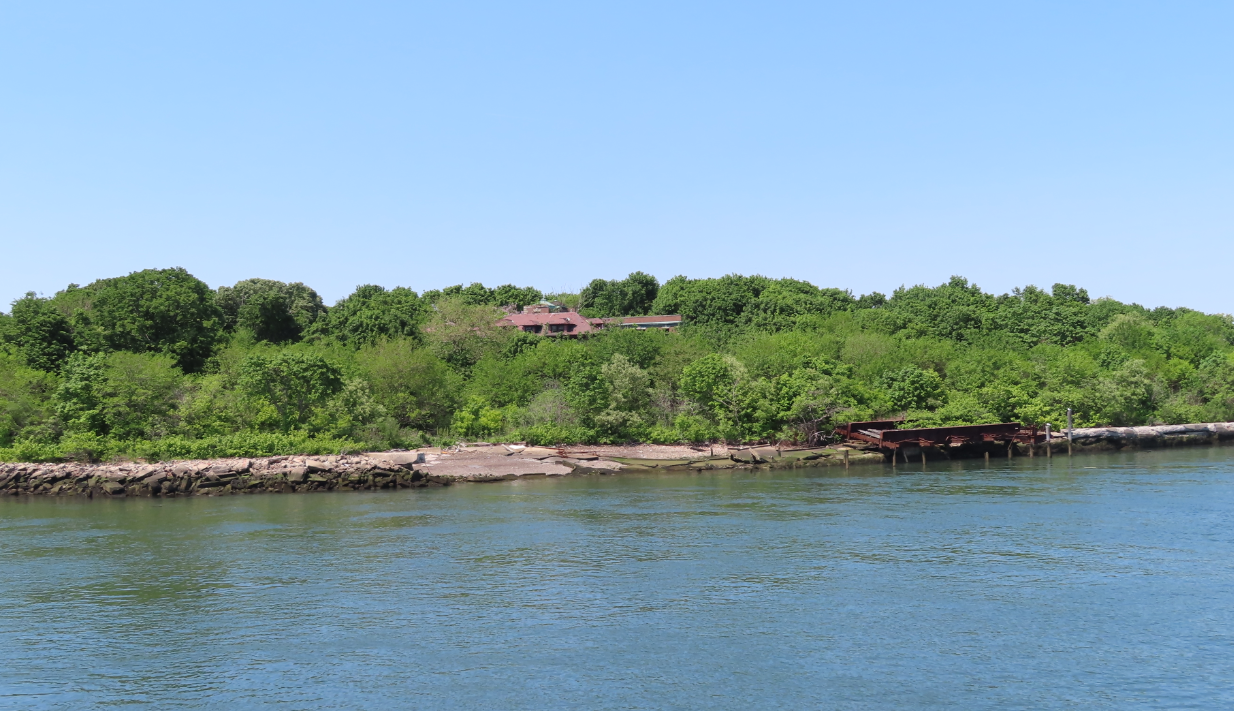 davidwilson1949, Wikimedia Commons
davidwilson1949, Wikimedia Commons
After its various institutional uses were deemed obsolete, North Brother Island was abandoned in the 1960s.
In the absence of human occupation, the island became a bird sanctuary, with structures slowly crumbling and nature reclaiming the land.
This untamed urban wilderness now exists as an eerie monument to its past, off-limits to the public and shrouded in overgrowth.
The Haunting Infrastructure
The crumbling ruins of North Brother Island’s infrastructure stand as ghostly reminders of its past.
The decayed hospital buildings, overgrown streets, and the remnants of a once-bustling community now seem frozen in time, with the elements and the encroaching flora creating an almost post-apocalyptic landscape.
A Sanctuary for Wildlife
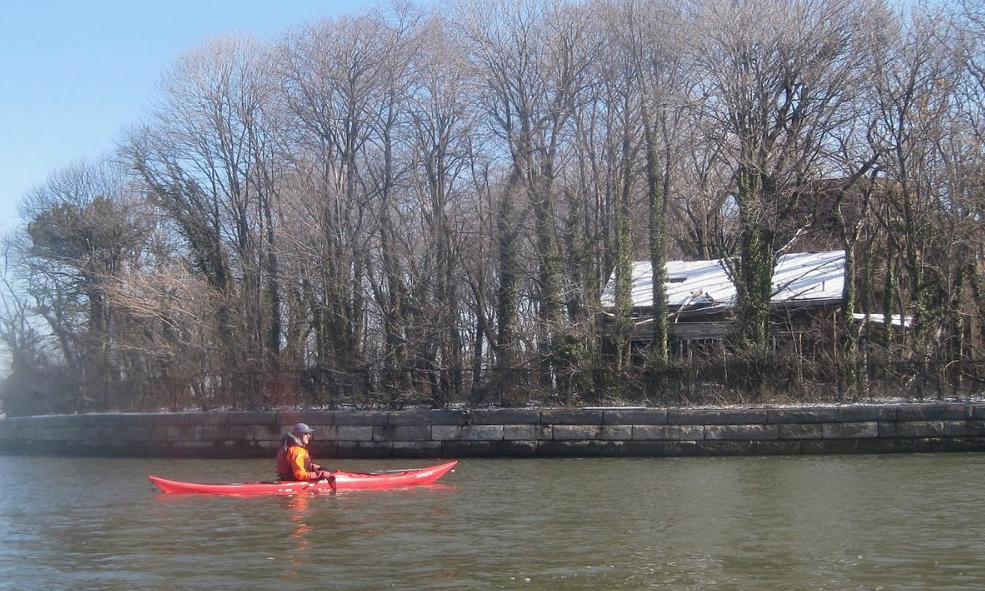 Julie McCoy, Wikimedia Commons
Julie McCoy, Wikimedia Commons
Despite its dark human history, the island has become a haven for wildlife, particularly as a nesting area for herons and other bird species.
The association of nature thriving amidst the decay is a testament to the resilience of the natural world, even in the shadow of human tragedy.
Efforts to preserve the island as a sanctuary have met with various challenges, including its accessibility issues and the cost of maintaining or stabilizing the dilapidated structures.
These hurdles raise complex questions about the value of preserving sites with tragic pasts and whether some places should simply be left to the elements.
Infamous Residents and Haunting Legacies
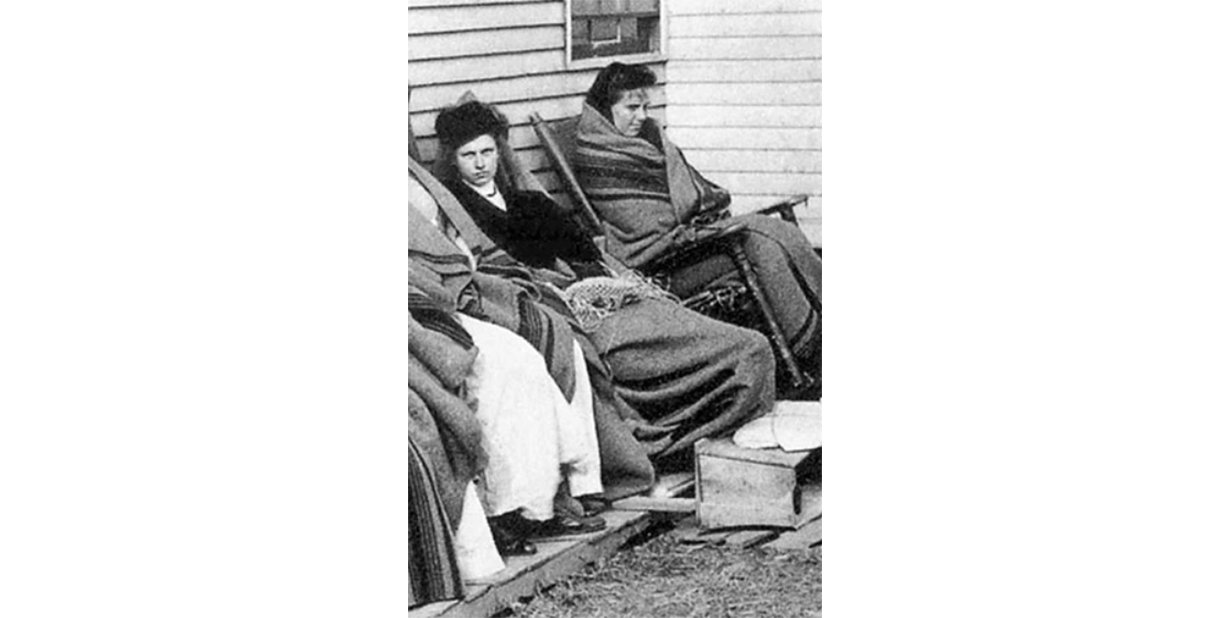 National Library of Medicine, Wikimedia Commons
National Library of Medicine, Wikimedia Commons
Apart from "Typhoid Mary," other less-known but equally tragic figures passed through North Brother Island, leaving behind stories that fuel the island’s haunted reputation.
The forgotten tales of patients and residents, shrouded by the mist of time, contribute to the island's eerie aura, making it a subject of fascination for historians and paranormal enthusiasts alike.
The Future of North Brother Island
Today, North Brother Island stands at a crossroads between its historical significance and its ecological value. As New York City evolves, the future of the island remains uncertain.
It could become a unique educational resource and a historical site, or it may continue to exist as a forbidden slice of nature in one of the world's busiest cities, its silence speaking volumes about the chapters of history it has silently observed.
Final Thoughts
North Brother Island remains one of New York City’s most enigmatic locales, a place where history and nature have intertwined to create a landscape that captivates and mystifies.
As the city contemplates the future of this secluded spot, it is worth pondering the lessons it offers: the narratives of resilience in the face of adversity, the value of remembrance, and the profound power of nature to both conceal and preserve our collective past.
The island’s legacy is a potent reminder that even in the shadow of a modern metropolis, there are still places where time stands still, and stories wait to be told.

